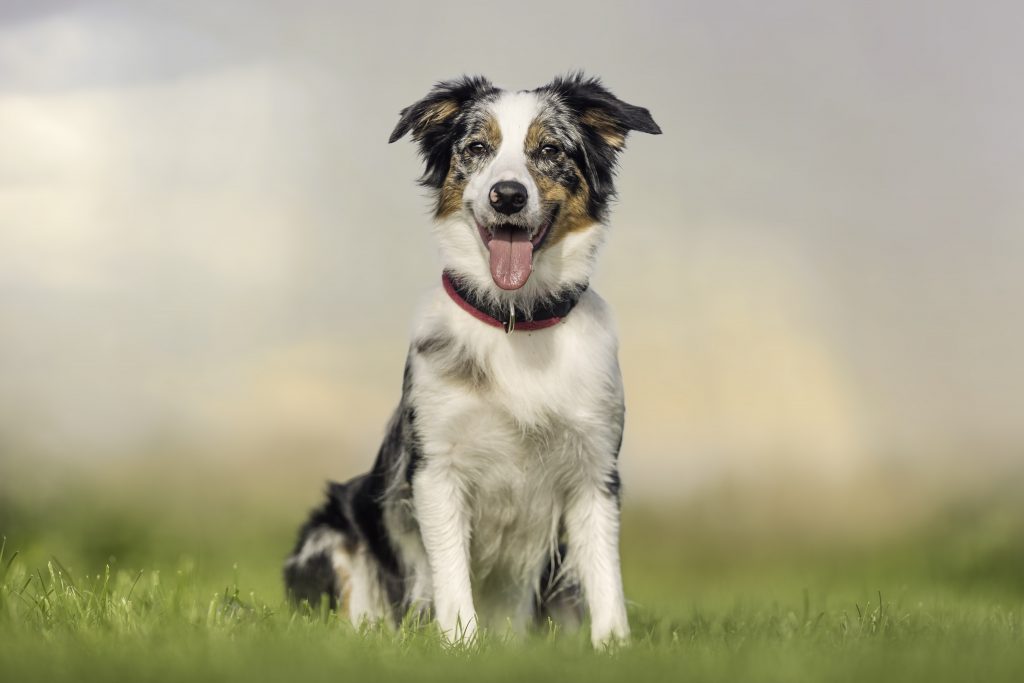Time to read: 8 mins
We are big advocates of physical exercise and mental stimulation for pets, but how do you make sure you don’t overwork your 4-legged friends.
This is especially true during lockdown as we are cooped up at home, a walk sounds like a good idea but how many walks are our pets getting a day?
If you would like your pet to increase their fitness, it can be done slowly by increasing your speed or distance you and your pet go. If your pet is over-worked too often it could lead to medical or mobility issues and may resist exercise in the future.
Signs of an overexercised dog
If your dog has been overexercising or is very tired, they may show the following symptoms:
- More thirsty than usual
- Extreme panting either during or after exercise
- Limping or lameness
- Unable or unwillingness to continue exercise
The duration and intensity of exercise your pet needs vary depending on many factors. Some of these include; age, breed, pre-existing health conditions, personality and many more factors. Although this is not an issue at the moment, some dogs may overheat when they are exercised in warm temperatures. As a general rule of thumb, 30 minutes of exercise is an adequate amount of time for your pet to exercise.
Fit dog breeds
Some breeds are inherently more fit than others. They are going to require a lot more exercise than a dog with a shorter snout, such as a pug. Some of the most fit breeds are below. If you are thinking of adding any of these breeds to your family, you are going to want to be a very active family as they love to exercise.
1. Alaskan Malamute
These dogs look a lot like Huskies as they are from the same family. These friendly dogs need many people around them and lots of space to run and release their energy. They were bred to pull heavy freight over a long distance through thick snow.

2. Australian Shepherd
They are famous for their high energy. They require a vigorous exercise, a lot more than most dogs. They are a breed used for herding which means they instinctively have a lot of energy and can run for ages. Fun fact, they are actually not from Australia!

3. Border Collie
Like the Australian Shepherd, Border Collies are also herding dogs with copious amounts of energy. Not only are they very energetic but they are highly intelligent. This means they are going to need mental exercise as well as physical exercise.

4. Husky
These Huskies are descendants from the sled dogs, Alaskan Huskies. These dogs mostly because their fur is thick to keep them warm. Their coat not only keeps them warm in Winter, but it reflects the heat in the warmer temperatures so they do not over-heat. They can run very fast and very far. They were originally bred to run over 100 miles a day!

5. German Shorthaired Pointer
These dogs are extremely active and can get agitated when they do not get their daily exercise. Not only do they enjoy going for a run or a walk but they love to swim too so they can accompany you to many different sporting activities.

Exercise is very important, when done in moderation. Our pets need the required amount of exercise without going over their limit as it could have negative health effects on your pet in the long term. When taking your pets out for exercise it is important to keep them safe. Why not put your mind at ease by covering your pet against accident and injury so you know they are safe during their walks, swims or whatever their preferred form of exercise is.
Related articles
Call the animal behaviouralist








